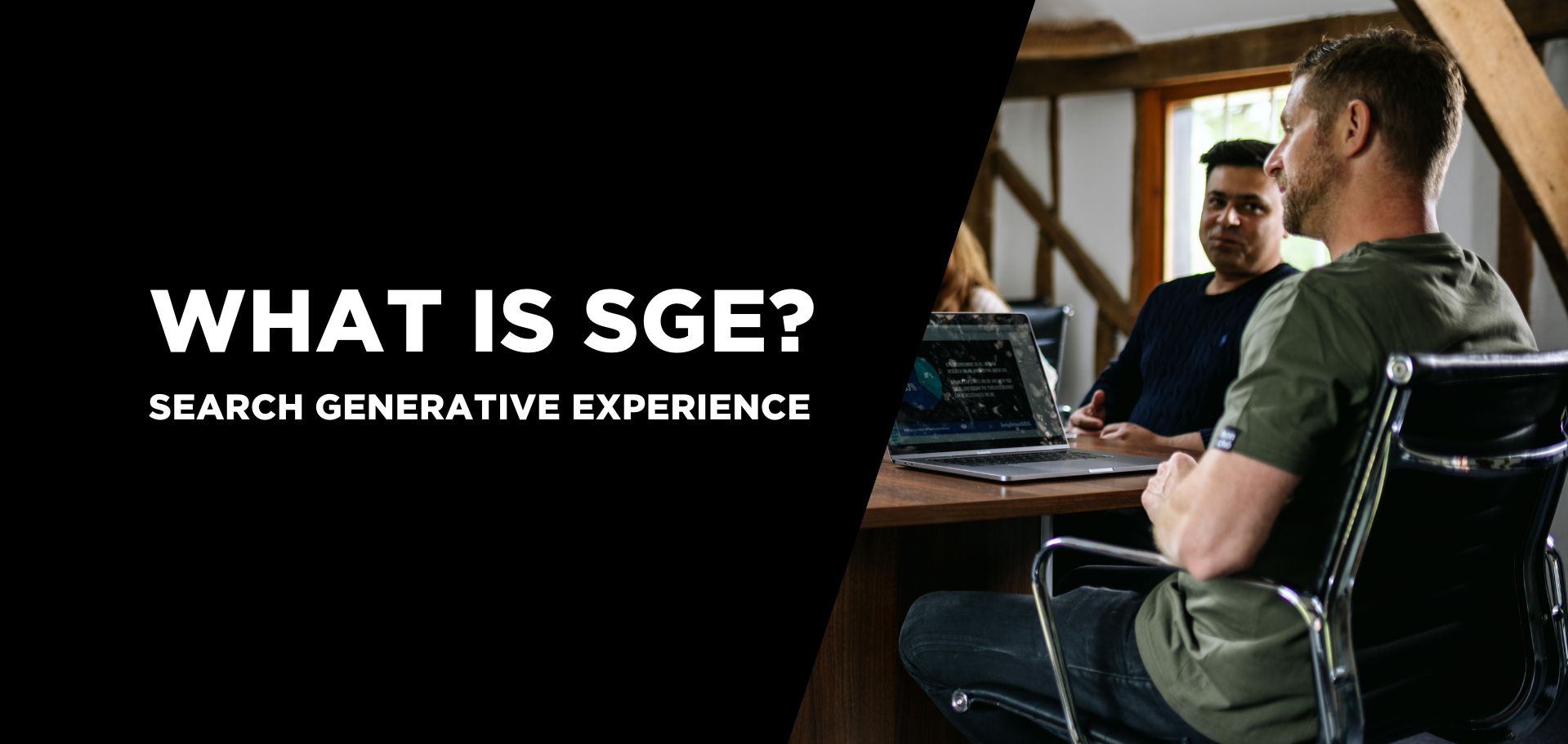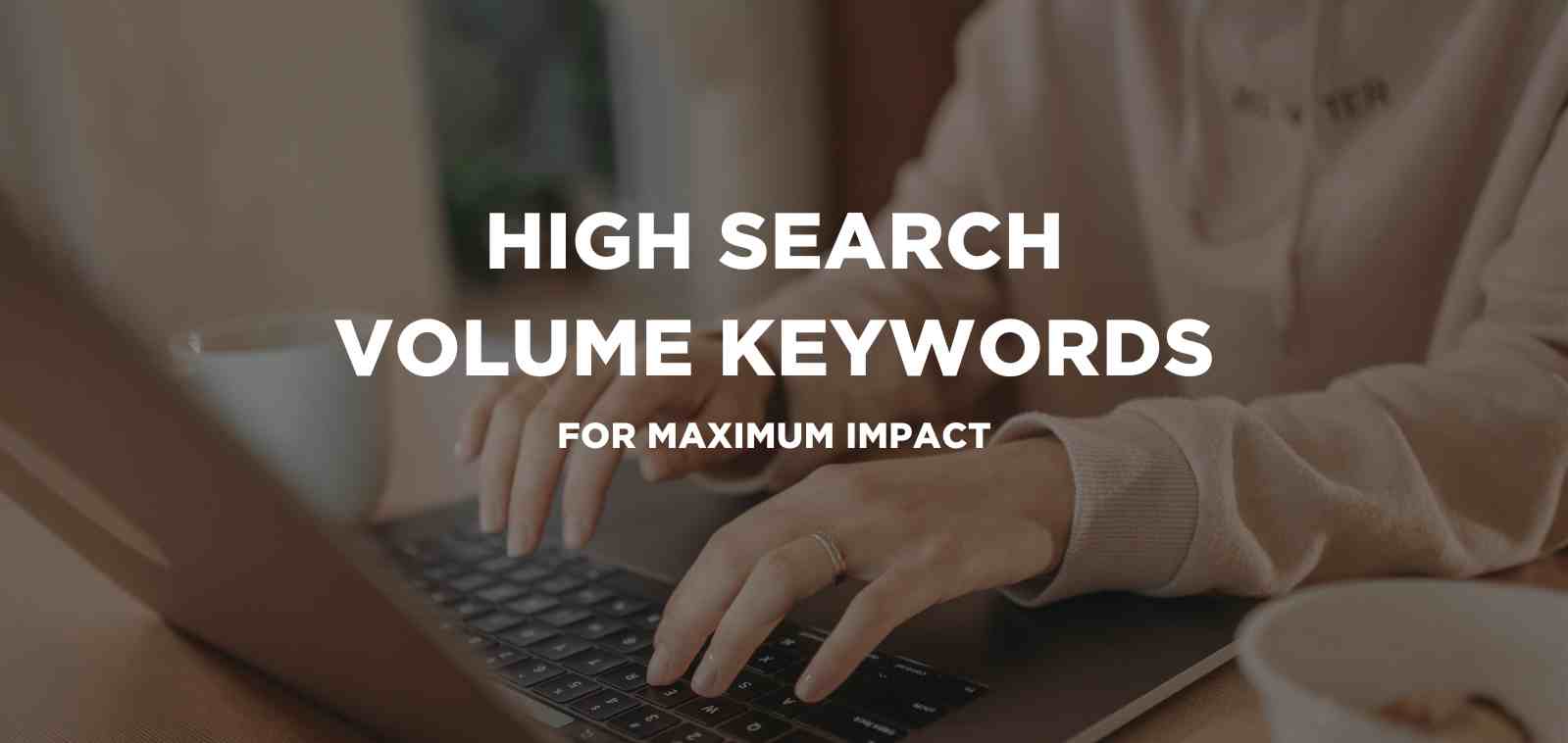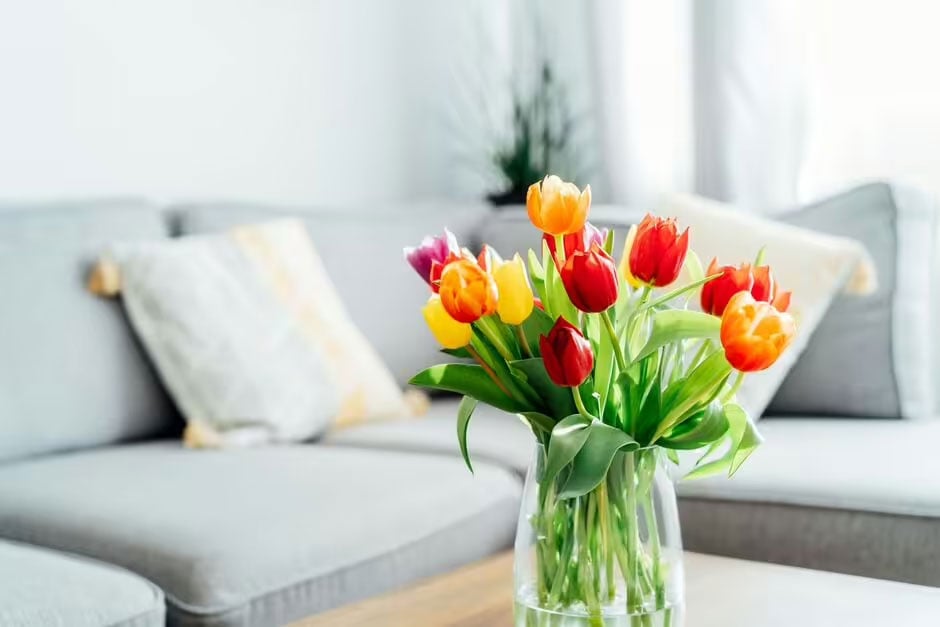2 min read
What is Google Search Generative Experience? (SGE)
What is Google SGE? Think of Google SGE as your helpful buddy on the search results page. Instead of making you click on different websites, it pulls...
If you are reading this blog post, you probably have your own website and have decided your site might be in need of some SEO.
Well, you have come to the right place! This guide will explain the basics of SEO and what really needs to happen across your website to start appearing in those search results. (Also referred to as SERPs)

Search Engine Optimisation (SEO) is where you optimise many different elements of your website to help you appear is search listings. Google has a checklist of over 200 factors that it will score your website on to position you against your competition where it sees fit.
Websites need to be optimised to stand a chance in appearing in the SERPs. With everything moving online now, there are many sites all trying to compete to serve the same thing. For example, if you search for TVs in Google, there are hundreds if not thousands of different websites all trying to sell you their range of TVs and appear on the first page if not the first position of Google. To stand a chance appearing within these results, your site needs to be clean and well optimised. This is where you need to implement SEO!
In a recent survey conducted by AWR (Advanced Web Rankings) in 2017, 48.45% of marketers say that on-page SEO has been the most effective tactic they have used within the past year. More than 1200 marketers participated in this survey and are either part of an agency, in-house or a freelancer. You can read the full survey here.

To be able to begin optimising, you first need to understand what people are searching for to be able to find you.
You can do this my using tools such as Google’s Keyword Planner. Enter a few keywords that are relevant to your website and what you sell and get searching. You will be presented with a range of keywords with an average monthly search volume next to them. This number shows you how many people search for that keyword to find sites/products like yours on average each month.

If you hover over the graph symbol, it will show you a graph for the year with the AMS for each month plotted. You can use this data to find seasonal trends within your industry.
If you have a range of categories that sell different products or services, I would recommend conducting your keyword research in sections. It’s also a good idea to cluster similar keywords together. For example, with TVs, you would want clusters by TV brand, size, resolution etc.
You will already have some content on your website but here is where you optimise it using your keyword research. There are many on-page factors that you need to optimise. These are:
Title Tag – The page title Google will display
Meta Description – Description about what is on the page
H Tags – H Tags are like headings in a book. They break up the page contents into digestible sections Alt Text – This explains the image. Helps to appear in image search and if you have your computer set to audio it will read out what is happening in the image
Internal Linking These are hyperlinks that link to another page on the same website
On-Page Copy Text that is displayed on each page. Could be the product description
Google will match the search query along with your on-page elements. If the search query matches your content on your website, you will have a chance of ranking. There are many other factors that contribute to your ranking position, not just optimising on-page elements!
Example of a title tag matched for the search query.
Smart TVs | Buy Smart Televisions | Currys
PN. This is not Curry’s title tag; it’s just an example of mine.
There are 2 types of linking that your site needs to be in with a chance of ranking. That is internal and external links.
Internal Links are links that point to other pages within your website. For example, your landing page for TVs may internally link to a page specific to Smart TVs. Your keyword research will come in handy here too! Using the right phrases to link to another page on your site is essential. These are something you may be able to add yourself within your CMS. External Links are links from other websites to your website. This could be from bloggers who write about electronics linking to your TVs page. External links play a huge part in where your site will rank. It shows positive signals to Google that other people think your site is trustworthy. You can create these links manually but these can occur naturally by creating compelling content and establishing your brand as an authority.
When it comes to gaining external links, you have to be extremely careful. Ideally you want links from sites that Google see as high value and trusting. You also want to be careful with the anchor text (hyperlink text) used to point a link to your website. In an ideal scenario, you would want a nice balance of branded, generic and exact match keywords. Too much exact match can lead to Google Penalties. You can read my blog post on keeping track of your back link profile to avoid penalties happening to you.
You may be thinking how am I going to gain these links from blogs in the first place? The best approach is to create a really strong campaign that has some great unique content that everyone wants to read. Sharing this content across social media channels such as Facebook and Twitter will help in getting content picked up by high-quality sites resulting in high quality backlinks. A study conducted by Search Metrics found there is a strong correlation between ranking positions and social signals across all social media channels. You can read their full study here.
Other points to consider include the ease of navigation and structure of your website. You want the navigation to be clean and for important information to be no more than 3 clicks away from the homepage. This can also be part of Google’s checklist process when ranking your website.
Important!
Changes you make to your website can take a while to be indexed therefore results are not instant. However, it will have a positive impact long term!
I hope this post has been helpful and if you wish to speak with an SEO Specialist about how we can help you please do get in touch!
Keep an eye out for my next blog post that will cover another aspect of SEO.

2 min read
What is Google SGE? Think of Google SGE as your helpful buddy on the search results page. Instead of making you click on different websites, it pulls...

5 min read
Discover the power of high search volume keywords and how to effectively use them to boost your online presence and drive maximum impact.

2 min read
We're delighted to officially announce our partnership with Eflorist, one of the world’s leading flower delivery brands with over 54,000 local flower...
Migrating a website incorrectly can be disastrous for your SEO traffic and rankings. Almost any major change to a website can result in a short or...
In 2022, SEO remains an increasingly important marketing channel that will help your business compete with its main competitors. Increasing your...